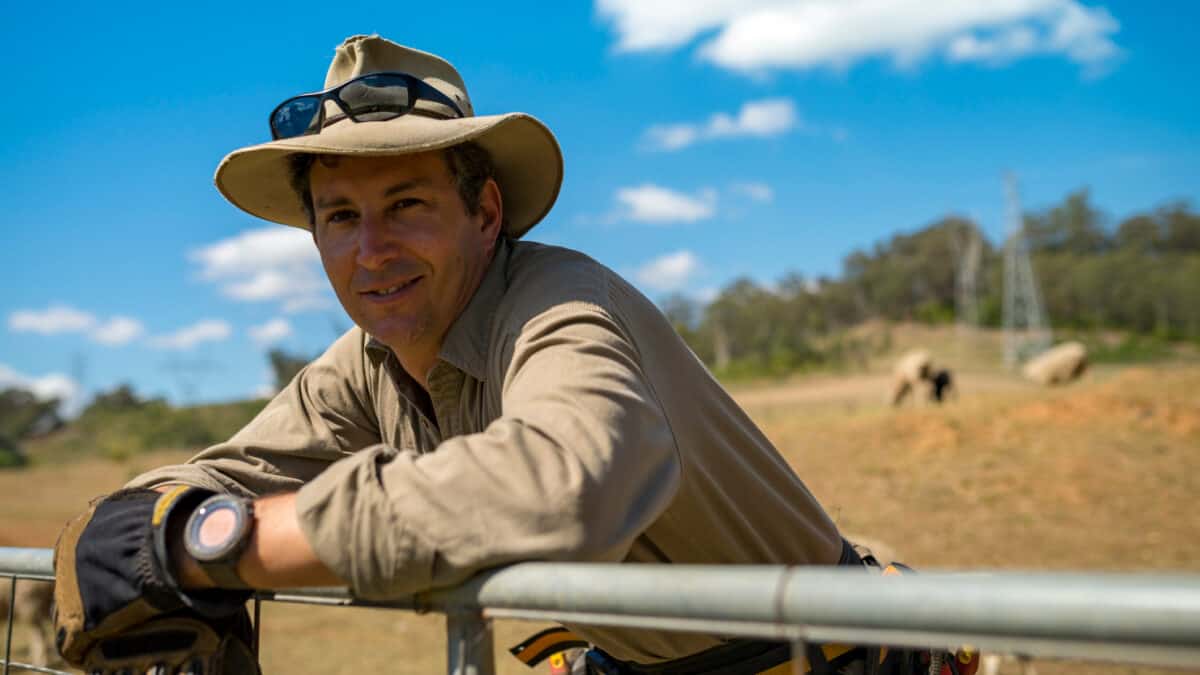I've owned the ASX dividend share Rural Funds Group (ASX: RFF) for several years now and plan to hold it for a long time.
It's a real estate investment trust (REIT) that owns farmland in various states, climactic conditions, and farm types. It's invested in almonds, macadamias, cropping, vineyards, and cattle.
I like owning Rural Funds as a way to gain exposure to Australia's agricultural sector, which is one industry in which Australia is a global leader.
Here are three key reasons why I think it's an appealing pick for long-term passive income.
Long rental contracts
Rural Funds has a number of high-quality tenants, which is useful for providing reliable rental income. Those tenants include Olam, The Rohatyn Group, JBS, Select Harvests Ltd (ASX: SHV), Treasury Wine Estates Ltd (ASX: TWE), and Australian Agricultural Company Ltd (ASX: AAC).
The ASX dividend share has a very long weighted average lease expiry (WALE), which means the rental income is locked in for a long time.
As of the FY24 first-half result, the WALE was 12.8 years, with the almond and macadamia leases on particularly long contracts.
As Rural Funds put it: "Long-dated WALE provides stability of income and long-term rental growth via a mix of indexation mechanisms."
Growing income
Growing rental income can increase the value of the properties and also unlock higher distributions.
Most of the ASX dividend share's rental income grows with either a CPI-inflation-linked increase or a fixed annual increase, with some contracts having market reviews.
While higher interest rates are currently a headwind for rental profits, rental income growth helps to offset this. It also seems as though interest rates may soon stop rising in Australia.
Rural Funds has been investing in some of its farms to increase the productivity, and therefore the rental and underlying value, of those properties.
Farmland has been an important asset for hundreds of years. I think it will be a good asset to own for many more years.
Strong yield
The ASX dividend share is currently paying a solid annualised distribution of 11.73 cents per unit. That translates into a distribution yield of close to 6%.
That's not the biggest yield around, but it's more than what someone could get from a savings account, and there's good potential for distribution growth in the coming years.
I think Rural Funds is the sort of business that could continue to pay good distributions for decades to come. If farm values keep rising, then shareholders could be on track for fertile passive income.









